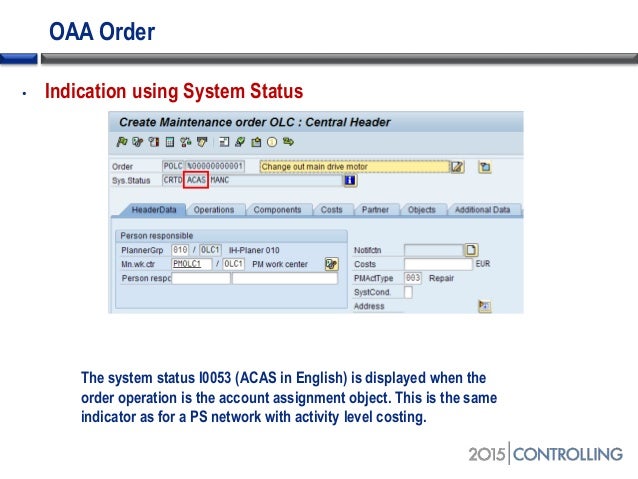Activate Central Address Management Saps
Relay-unicast-msg command in the DHCPv4 relay on a regular interface or group-interface, it is possible to configure the gi-address of a DHCPv4 relayed message to any local address that is configured in the same routing instance. Unicast renewals are, in this case, relayed to the DHCPv4 server.
In the upstream direction, update the source IP address and add the gateway IP address (gi-address) field before sending the message to the intended DHCP server (the message is not broadcasted to all configured DHCP servers). In the downstream direction, remove the gi-address and update the destination IP address to the value of the yiaddr (your IP address) field. By default, unicast DHCPv4 release messages are forwarded transparently. The optional release-update-src-ip flag, updates the source IP address with the value used for relayed DHCPv4 messages. 7750 SR supports a command trusted, which allows the router to forward the DHCP request even if it receives one with a giaddr of 0 and Option 82 information attached.
Edition Gold Spellforce Cheats. Download the free trial version below to get started. Double-click the downloaded file to install the software.
This could occur with older access equipment. In this case the relay agent would modify the request's giaddr to be equal to the ingress interface. This only makes sense when the action in the information option is keep, and the service is IES or VPRN. In the case where the Option 82 information gets replaced by the relay agent, either through explicit configuration or the VPLS DHCP Relay case, the original Option 82 information is lost, and the reason for enabling the trusted option is lost. IPv6 Prefix Options for Dynamic Host Configuration Protocol (DHCP) version 6, provide a mechanism for automated delegation of IPv6 prefixes using DHCP.

This mechanism is intended for delegating a long-lived prefix from a delegating router to a requesting router, across an administrative boundary, where the delegating router does not require knowledge about the topology of the links in the network to which the prefixes will be assigned. For example, the delegating router can get a /48 prefix via DHCPv6 and assign /64 prefixes to multiple requesting routers. Prefix delegation is supported for the delegating router (not the requesting router). Relay-unicast-msg command in the DHCPv4 relay on a regular interface or group-interface, it is possible to configure the gi-address of a DHCPv4 relayed message to any local address that is configured in the same routing instance. Unicast renewals are in this case relayed to the DHCPv4 server. In the upstream direction: update the source IP address and add the gateway IP address (gi-address) field before sending the message to the intended DHCP server (the message is not broadcasted to all configured DHCP servers). In the downstream direction: remove the gi-address and update the destination IP address to the value of the yiaddr (your IP address) field.
By default, unicast DHCPv4 release messages are forwarded transparently. The optional release-update-src-ip flag, updates the source IP address with the value used for relayed DHCPv4 messages. – refers to the local failover mode in which the IP address-range/prefix is configured in dual-homed DHCP environment. The local keyword does not refer to the locality (local vs remote) of the server on which the IP address-range/prefix in configured, but rather refers to the ownership of the IP address-range/prefix. The DHCP server on which the local IP address-range/prefix is configured, owns this IP address-range/prefix and consequently is allowed to delegate the IP addresses/prefixes from it at any time, regardless of the state of the intercommunication link. – refers to the remote failover mode in which the IP address-range/prefix is configured in dual-homed DHCP environment. The remote keyword does not refer to the locality of the server on which the IP address-range/prefix is configured, but rather refers to the ownership of the IP address-range/prefix.
The DHCP server on which the remote IP address-range/prefix is configured, but does not own this IP address-range/prefix during normal operation and consequently is NOT allowed to delegate the IP addresses/prefixes from it. Only when the intercommunication link between the two nodes transition into particular (failed) state, the DHCP server is allowed to start delegating new IP addresses from the remote IP address-range/prefix. – a 7x50 DHCP server that does not own an IP address-range/prefix can take over the ownership of this IP address-range/prefix under certain conditions. Once the ownership is taken, the new IP addresses can start being delegated from this IP address-range/prefix.
Only the remote IP address-range/prefix can be taken over. Note that the takeover of an IP address-range/prefix has only local significance – in other words, the ownership is not taken away from some other 7x50 DHCP server that has the same IP address-range/prefix designated as local. It only means that IP address-range/prefix that is configured as remote is available to takeover for new IP address delegation. Anamika Kahi Karta Hoga Woh Mera Intezar Mp3 Free Download more. – this term refers to the method of accessing an IPv4/v6 address pool in 7x50 DHCP4/6 server. For PPPoX clients, the IPv4/v6 addresses are allocated from those pools without the need for an intermediate DHCP relay-agent (7x50 internal DHCP relay-agent).
Although those pools are part of the local DHCP server in 7x50, the method of accessing them is substantially different than accessing local DHCP address pools for IPoE (DHCP) clients. IPoE (DHCP) and PPPoX hosts can share the same pool and yet each client type can access them in their own unique way.